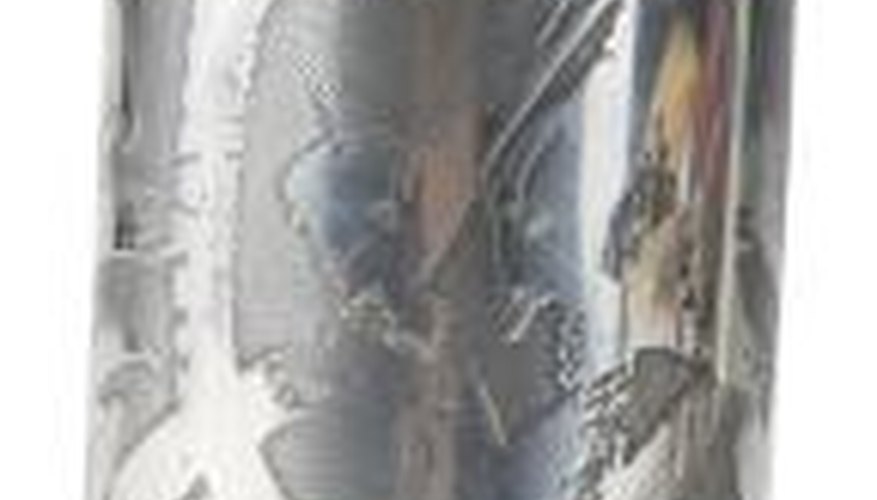Pewter is a brilliant metal consisting mostly of tin. Because it is generally malleable and flexible, it can be fashioned into a wide range of wares including goblets, dishes and utensils. New pewter tends to possess a shiny lustre, and this quality is what attracts so many to it for decorative purposes. However, aged pewter can attain a gorgeous oxidised outer later called a "patina" that gives it a truly antiquated look -- here is now to attain it without waiting for years on end.
- Pewter is a brilliant metal consisting mostly of tin.
- New pewter tends to possess a shiny lustre, and this quality is what attracts so many to it for decorative purposes.
Put on your rubber gloves and safety goggles before handling any of the mentioned chemicals.
Pour half a litre of cool distilled water into a large mixing bowl.
Add ammonium chloride, copper acetate and vinegar to the bowl one at a time. Pour slowly and carefully.
Measure the pH of the mixture in the bowl with a pH strip. Take note of this measurement.
- Measure the pH of the mixture in the bowl with a pH strip.
Slowly pour a small amount of nitric acid into the mixture, stirring as you do so. Measure the pH intermittently until the mixture has a pH measurement of 1 (very acidic).
Submerge your piece of pewter into the bowl, ensuring that all parts are coated with the liquid. Alternatively, the mixture can be applied with a paintbrush or sponge.
Place the pewter piece on a towel in a well-ventilated area to air-dry.
TIP
The ingredients above will give your pewter a rich bronze patina. For a dark grey or black patina, use 227gr of iron chloride mixed with 1 litre of ice-cold water. Results are permanent, so make sure that you really wish to age the piece of pewter you select.
WARNING
Working with highly acidic chemicals can be dangerous. Abide by proper handling techniques described on chemical containers.
